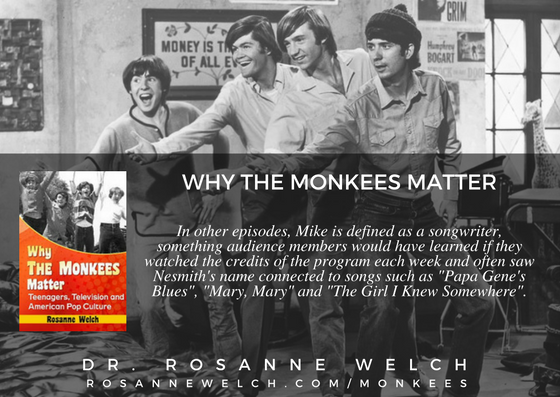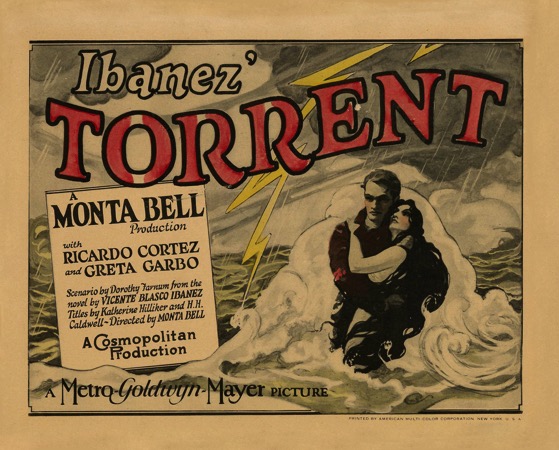Why The Monkees Matter: Teenagers, Television and American Pop Culture
Rosanne Welch and Peg Lamphier perform in The Vagina Monologues at Cal Poly Pomona
For our 3rd year participating in the Cal Poly Pomona Women’s Center’s production of The Vagina Monologues, Peg and I were given My Angry Vagina – and we milked it for all the laughs we could. What is it about college students who laugh every time a professor uses colorful language?


Who Tells Your Story? from Giving Voice to Silent Films and the Far From Silent Women Who Wrote Them with Dr. Rosanne Welch [Video]
Watch this entire presentation
Who Tells Your Story? from Giving Voice to Silent Films and the Far From Silent Women Who Wrote Them with Dr. Rosanne Welch [Video]
A recording of my presentation at this year’s University Film and Video Association (UFVA) 2017 conference.
Transcript:
So why are we doing this? Why are we studying Screenwriting History? Because who tells your story is important. All the books about screenwriters have been written by men. They write about all the important men. They read each other’s books. They repeat what they learned in the last book. Cari came out of nowhere and said “Who’s this lady who’s paycheck is bigger? I want to find out about her life.” And as she delved into it, she found fourteen women around her who were all friends, part of the same sort of path and friends, who wrote movies. As I said, Anita Loos and all those other women. It matters that students understand any history book they read is not the entire history of what they are reading about. There’s no way to fit it all into one book so you have to your own research and move further, which is what have them do. So, again, as I said, they got into the story because their nephew put them in the story.
Books Mentioned In This Presentation
- Without Lying Down
- Oscar Micheaux: The Great and Only: The Life of America’s First Black Filmmaker
- The Real Nick and Nora
- Doctor Who: The Writer’s Tale: The Final Chapter
- The Writers: A History of American Screenwriters and Their Guild
- Monster: Living Off the Big Screen
- “It’s the Pictures That Got Small”: Charles Brackett on Billy Wilder and Hollywood’s Golden Age
- Women Screenwriters: An International Guide
Follow Dr. Rosanne Welch
Twitter: https://twitter.com/rosannewelch
Instagram: https://www.instagram.com/drrosannewelch/
Podcast: Play in new window | Download
Subscribe: RSS
06 From Book To Movie from How Gidget Got Into the Girl Ghetto – Dr. Rosanne Welch – SRN Conference
06 From Book To Movie from How Gidget Got Into the Girl Ghetto – Dr. Rosanne Welch – SRN Conference
Watch this entire presentation
Transcript:
…and yet we don’t read books about a girl’s coming of age and Gidget turns out to be just such a thing. About a woman who goes to the beach to learn a skill. Yes, she meets some boys along the way and, of course, she finds one or two of them handsome, but she also makes choices about whether or not to have sex and that is a huge moment in the coming of age of a girl. Nobody takes advantage of her which tends to be the way the story goes. She makes the choices and the men respect her for it and thought that was fascinating when I read this book. So, Hollywood gets a hand of this book and they have to do something with it. They have to make it silly. So, in the real world, this is what she has to say. This book is all about how much she loves surfing and that’s a picture of the real Kathy Kohner back in the day with her surfboard. That is how she identified herself. We get to the movies and this is some typical dialogue. Yeah, the cringing can start at any time.
At this year’s 10th Annual Screenwriting Research Network Conference at Otago University in Dunedin, New Zealand I presented…
“How Gidget Got Into the Girl Ghetto by Accident (and How We Can Get Her Out of it): Demoting Gidget: The Little Girl with Big Ideas from Edgy Coming of Age Novel to Babe on the Beach Genre Film via Choices made in the Adaptation Process.”
It’ a long title, as I joke up front, but covers the process of adapting the true life story of Kathy Kohner (nicknamed ‘Gidget’ by the group of male surfers who she spent the summers with in Malibu in the 1950s) into the film and television series that are better remembered than the novel. The novel had been well-received upon publication, even compared to A Catcher in the Rye, but has mistakenly been relegated to the ‘girl ghetto’ of films. Some of the adaptations turned the focus away from the coming of age story of a young woman who gained respect for her talent at a male craft – surfing – and instead turned the focus far too much on Kathy being boy crazy.
Along the way I found interesting comparisons between how female writers treated the main character while adapting the novel and how male writers treated the character.
Dr. Rosanne Welch
Dr. Rosanne Welch teaches the History of Screenwriting and One-Hour Drama for the Stephens College MFA in Screenwriting.
Writing/producing credits include Beverly Hills 90210, Picket Fences, ABCNEWS: Nightline and Touched by an Angel. In 2016 she published the book Why The Monkees Matter: Teenagers, Television and American Pop; co-edited Women in American History: A Social, Political, and Cultural Encyclopedia; and placed “Transmitting Culture Transnationally Via the Characterization of Parents in Police Procedurals” in the New Review of Film and Television Studies. Essays appear in Torchwood Declassified: Investigating Mainstream Cult Television and Doctor Who and Race: An Anthology. Welch serves as Book Reviews editor for Journal of Screenwriting and on the Editorial Advisory Board for Written By magazine, the magazine of the Writers Guild.
Watch Dr. Welch’s talk “The Importance of Having a Female Voice in the Room” at the 2016 TEDxCPP.
The Screenwriting Research Network is a research group consisting of scholars, reflective practitioners and practice-based researchers interested in research on screenwriting. The aim is to rethink the screenplay in relation to its histories, theories, values and creative practices.
Podcast: Play in new window | Download
Subscribe: RSS
Dr. Rosanne Welch and Dr. Peg Lamphier highlighted in Special Collections Library Display at Cal Poly Pomona
I was visiting — along with my IGE class — the fine folks at the Special Collections Room at the Cal Poly Pomona Library today.
They were happy to show me —in preparation for a Women in Leadership conference coming to the university this quarter — that they’ve filled their display cases with samples of the work of female professors across the history of CPP.
This means, of course, that my and Peg Lamphier’s encyclopedia (Women in American History) is on display along with photos of us from a campus newspaper interview about that project.
There is also a photo taken when Peg was voted a Top 5 Koofer Professor.
Nice to see them recognizing women and their part of the school’s history.
From The Research Vault: From Circus Boy to singing Monkee, Micky Dolenz endures over the decades, AXS, Barbara Nefer, July 7, 2014
Film Is A Collaborative Effort from Giving Voice to Silent Films and the Far From Silent Women Who Wrote Them with Dr. Rosanne Welch [Video]
Watch this entire presentation
A recording of my presentation at this year’s University Film and Video Association (UFVA) 2017 conference.
Transcript:
This is from the very beginning with D. W. Griffith. It’s not his movie. Right? He shouldn’t get the credit. Then again, it’s a terrible movie and I hope nobody ever teaches this movie. I always tell my students, we’ll never touch this movie. It’s all awful and everything that someone says you’re supposed to learn from about it close-ups and tracking shots are in all the movies by all these women that I’m telling you about. So watch one of their movies that show those things. Don’t watch his movies.
I love John Carpenter because he’s the one who said…Let’s be fair. It’s a collaboration. Be honest about it. I do this. They do that. We blend together and that is what makes a product really good.
Books Mentioned In This Presentation
- Without Lying Down
- Oscar Micheaux: The Great and Only: The Life of America’s First Black Filmmaker
- The Real Nick and Nora
- Doctor Who: The Writer’s Tale: The Final Chapter
- The Writers: A History of American Screenwriters and Their Guild
- Monster: Living Off the Big Screen
- “It’s the Pictures That Got Small”: Charles Brackett on Billy Wilder and Hollywood’s Golden Age
- Women Screenwriters: An International Guide
Follow Dr. Rosanne Welch
Twitter: https://twitter.com/rosannewelch
Instagram: https://www.instagram.com/drrosannewelch/
Podcast: Play in new window | Download
Subscribe: RSS
My 3rd Year Performing in The Vagina Monologues at Cal Poly Pomona, Friday, February 2, 2018, 7pm
For the 3rd year running I’ll be performing in the Cal Poly Pomona Women’s Resource Center’s Production of The Vagina Monologues.
This performance is open to the public and takes place at:
Cal Poly Pomona Theater
Cal Poly Pomona
3801 W Temple Ave, Pomona, CA 91768
February 2, 2018
7pm
You can buy your tickets via Venmo (@sammiechaffino) or at the door.
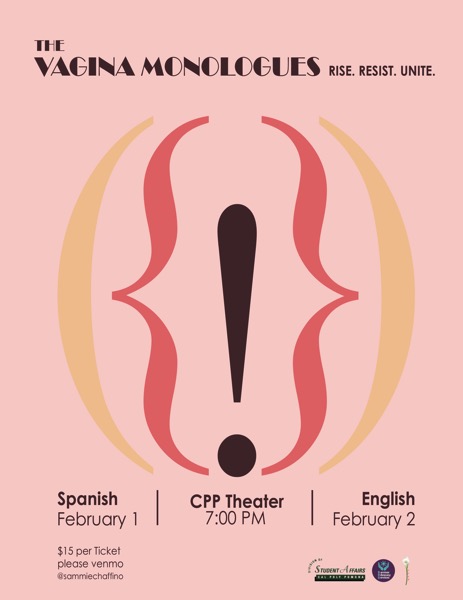
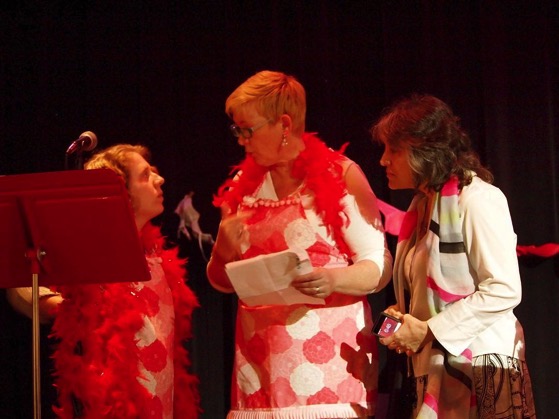
The Vagina Monologues, 2016
Quotes from “Why The Monkees Matter” by Dr. Rosanne Welch – 88 in a series – Mike The Songwriter
** Buy “Why The Monkees Matter” Today **
In other episodes, Mike is defined as a songwriter, something audience members would have learned if they watched the credits of the program each week and often saw Nesmith’s name connected to songs such as “Papa Gene’s Blues”, “Mary, Mary” and “The Girl I Knew Somewhere”.
from Why The Monkees Matter by Dr. Rosanne Welch — Buy your Copy today!
Why The Monkees Matter: Teenagers, Television and American Pop Culture
McFarland (Direct from Publisher) | Amazon | Kindle Edition | Nook Edition
A History of Screenwriting 53 – Torrent Starring Greta Garbo – Scenario by Dorothy Farnum – 1926
A History of Screenwriting 53 – Torrent Starring Greta Garbo – Scenario by Dorothy Farnum – 1926
A clip from Torrent
Torrent (1926) is an American silent romantic drama film directed by an uncredited Monta Bell, based on a novel by Vicente Blasco Ibáñez, and released on February 21, 1926.[1][3][4][5]
Torrent was the first American film starring Swedish actress Greta Garbo.[6] The film also starred Ricardo Cortez as the son of a domineering mother, played by Martha Mattox.
The title refers to a flood that occurs in the small town where most of the action takes place, which draws the two romantic leading characters closer together. — Wikipedia
Learn More About Greta Garbo with these books
* A portion of each sale from Amazon.com directly supports our blogs
** Many of these books may be available from your local library. Check it out!
† Available at the LA Public Library


![Who Tells Your Story? from Giving Voice to Silent Films and the Far From Silent Women Who Wrote Them with Dr. Rosanne Welch [Video]](https://rosannewelch.com/wp-content/uploads/2018/02/ufva-18-who-tells.jpeg)











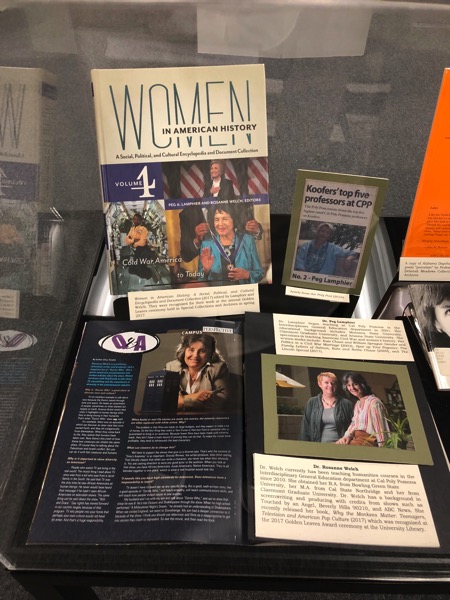

![Film Is A Collaborative Effort from Giving Voice to Silent Films and the Far From Silent Women Who Wrote Them with Dr. Rosanne Welch [Video]](https://rosannewelch.com/wp-content/uploads/2018/01/ufva-17-collaborative-effort.jpeg)
